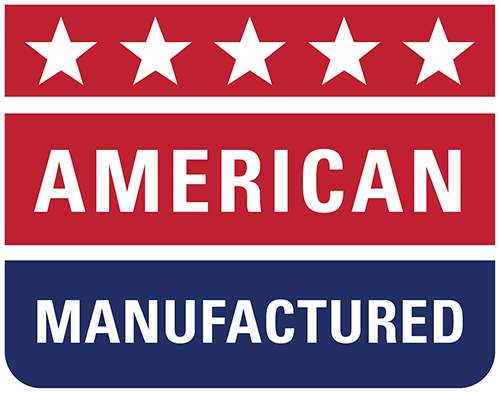Poly-Fil™ Addresses Sustainability in 3 Meaningful Ways:
1. Research & Development
Sustainability is addressed through Research and Development by finding ways to reduce the use of oil, petrochemicals, and other environmentally harmful compounds in its tire fill formulations. It was through this process that only a few years ago, Poly-Fil™ created its water-based tire-fill formula known as Poly-Fil™ Aqua 30. Poly-Fil™ Aqua 30 uses far less oil, petrochemicals, and other environmentally harmful compounds than its oil-based tire fill formula. Our efforts to reduce the use of oil, petrochemicals, and other environmentally harmful compounds continue today.
2. Product Design
Sustainability through customer use of Poly-Fil™ products in construction equipment wheel/tire assemblies where tire life is increased by 20 to 30 percent due to no flats and increases productivity for the equipment being used. Additionally, a filled wheel/tire assembly can be retreaded up to four times saving millions of tires from being sent to the landfill.
3. Machine Recycling Design Technology
Sustainability has also been addressed through the design of many of Poly-Fil™’s Tire-Fill Machines that allow virgin tire-fill liquid to be mixed with either recycled cured tire-fill from worn out wheel/tire assemblies or rubber crumb made from ground up used tires. This machine design technology allows use of up to 65% of the of the recycled cured tire fill or 50% if using rubber crumb thus dramatically reducing the amount of used tire fill that would have been sent to the landfill.
Please read the Referenced information below about why any Sustainability efforts by any manufacturer of products that can save tires from going to the landfill earlier than necessary are important.
Approximately 280 million tires are discarded each year by American motorists, approximately one tire for every person in the United States. Around 30 million of these tires are retreaded or reused, leaving roughly 250 million scrap tires to be managed annually.
Source: https://www.fhwa.dot.gov/publications/research/infrastructure/structures/97148/st1.cfm
Fire Risk - Stockpiles of waste tires both on private land and in landfills pose serious health, safety, and environmental risks. Scrapped tires are, first and foremost, fire hazards. Tire rubber is highly flammable and particularly appealing to vandals. Once a tire fire ignites, the rubber can potentially burn for months before it goes through the available fuel, even in smaller stockpiles.
Insect Infestation - Waste tires often collect moisture on their surfaces and release methane gas. This combination creates the perfect environment for mosquito infestations. Illegal dumping grounds, tire landfills, and stockpiles can encourage populations of particularly dangerous mosquitoes and increase the incidences of disease like West Nile virus.
Poor Air Quality - In addition to the methane gas released as tires age in direct sunlight and other weather conditions, the high risk of tire fires also contributes to a high risk of air pollution. Tire fires can contaminate local air with the same chemicals that pouring water on a tire fire could spread into the groundwater.
Soil Degradation - Studies of the effects of waste tire piles on the surrounding ecosystem indicate that the chemicals released as tires age can fundamentally alter the local soil. Specifically, waste tires may eradicate the beneficial bacteria that provide nutrients for flora and fauna.
Tire recycling eliminates the long periods of time that waste tires sit unattended in undeveloped areas altering the ecosystem.
Source: https://tri-statedisposal.com/8-dangers-of-diy-tire-disposal-tri-state-disposal/




